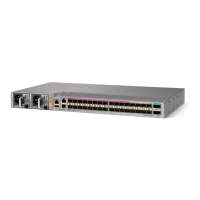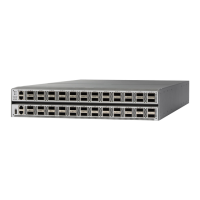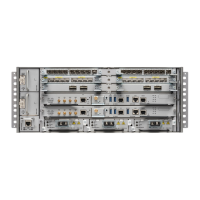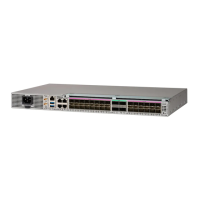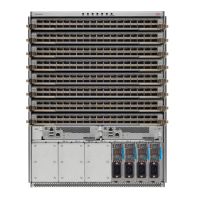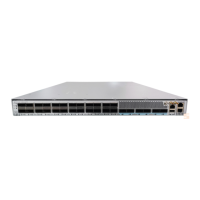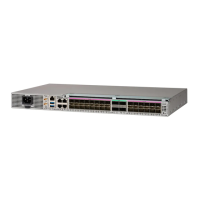CHAPTER 4
Implementing BFD
This module describes the configuration of bidirectional forwarding detection (BFD) on the Cisco NCS 6000
Series Router.
Bidirectional forwarding detection (BFD) provides low-overhead, short-duration detection of failures in the
path between adjacent forwarding engines. BFD allows a single mechanism to be used for failure detection
over any media and at any protocol layer, with a wide range of detection times and overhead. The fast detection
of failures provides immediate reaction to failure in the event of a failed link or neighbor.
Feature History for Implementing Bidirectional Forwarding Detection
ModificationRelease
Support for these features was added:
• BFD over MPLS Traffic Engineering LSPs
Release 4.3.1
ModificationRelease
This feature was introduced.Release 5.0.0
Support for BFD over Logical Bundle was added.Release 5.2.5
• Prerequisites for Implementing BFD, on page 127
• Restrictions for Implementing BFD, on page 128
• Information About BFD, on page 129
• How to Configure BFD, on page 142
• Configuration Examples for Configuring BFD, on page 167
• Where to Go Next, on page 176
• Additional References, on page 176
Prerequisites for Implementing BFD
You must be in a user group associated with a task group that includes the proper task IDs. The command
reference guides include the task IDs required for each command. If you suspect user group assignment is
preventing you from using a command, contact your AAA administrator for assistance.
The following prerequisites are required to implement BFD:
Routing Configuration Guide for Cisco NCS 6000 Series Routers, IOS XR Release 6.4.x
127

